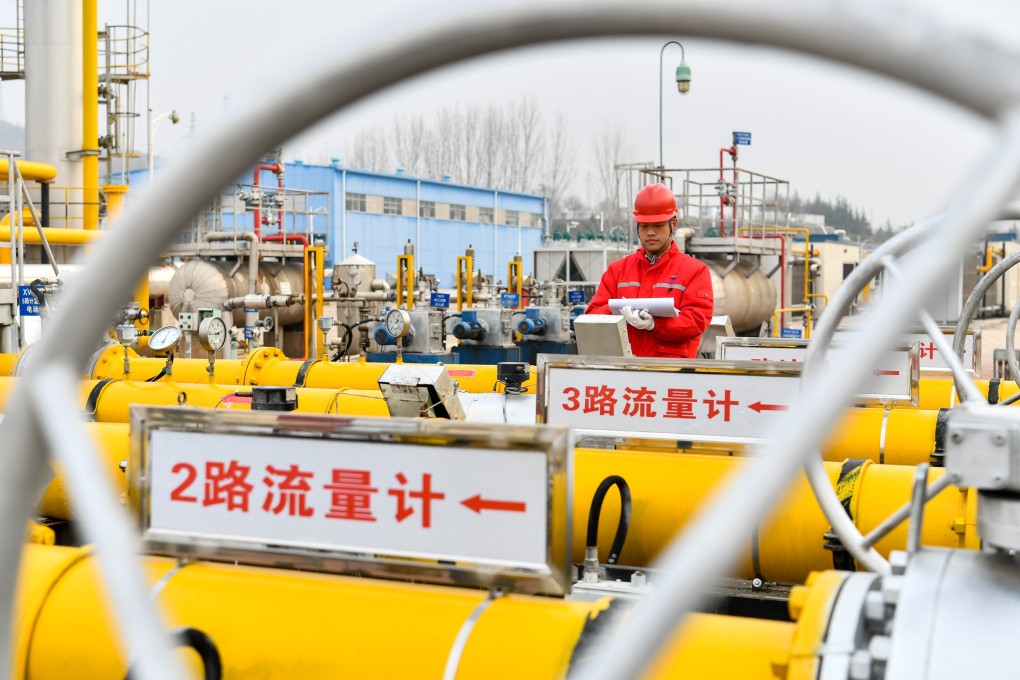China’s energy supplies set for further pressure as cold snap looms, companies urged to increase LNG and coal imports
- Demand for natural gas is expected to surge as a cold snap is forecast from Monday to hit large parts of the country’s central, northern and eastern regions
- Temperatures set to drop by as much as 10 to 12 degrees Celsius (50 to 53.6 degrees Fahrenheit)

China’s central state planner on Monday called on companies to step up imports of spot liquefied natural gas (LNG) and thermal coal to ensure energy supplies ahead of an expected cold spell.
China has reported power squeezes in the provinces of Hunan, Jiangxi and Zhejiang since early December, as an economic recovery, cold weather as well as supply bottlenecks sent power loads at grids to near record highs, the National Development and Reform Commission said.
Power consumptions have in the past few weeks been expanding at 11 per cent over a year earlier, and power loads at 20 provincial grids rising at double-digit pace.

02:06
Chinese cash funds African coal plants despite environmental concerns
To cope with growing need for power generation amid the cold spell, the agency urged top coal producing regions like Shanxi and Inner Mongolia to expand mining and also called for prioritising rail transport of coal.